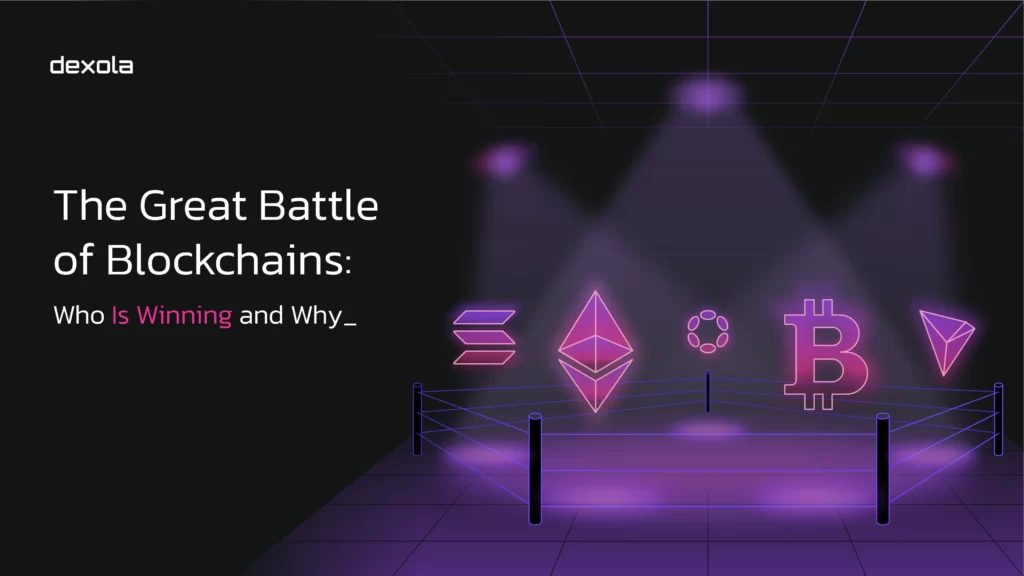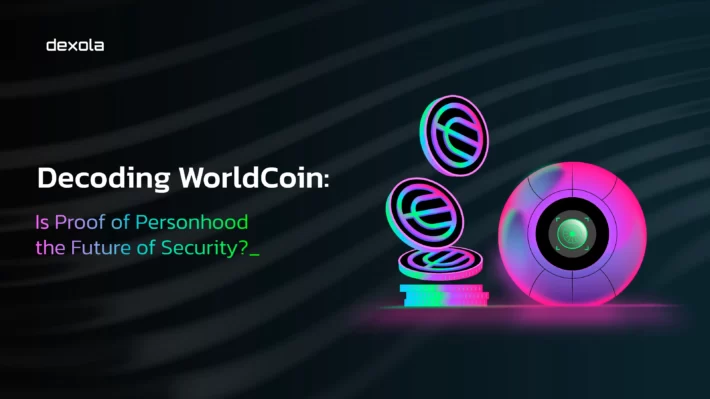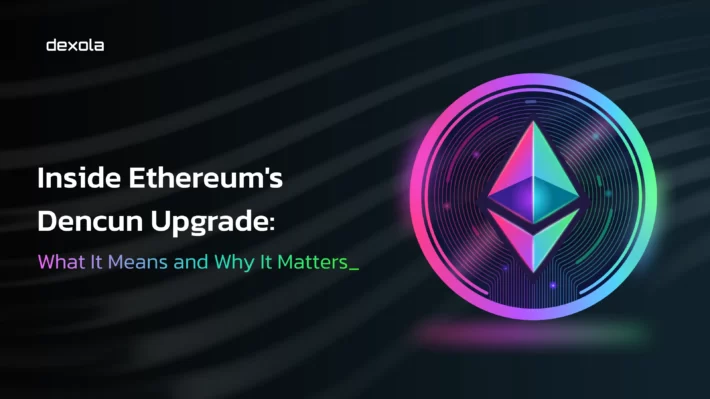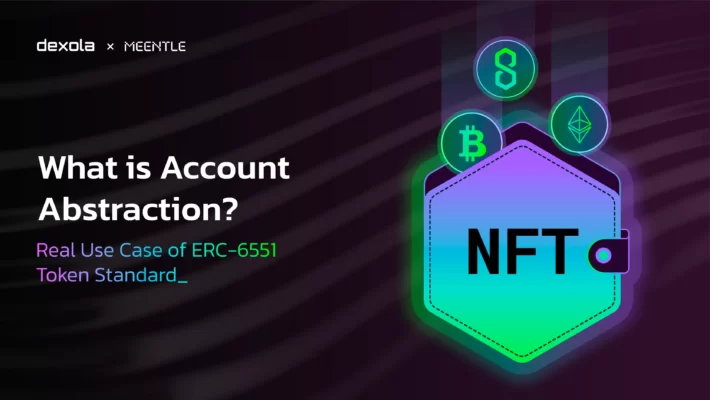What are the Best Blockchains: Who is Winning and Why

In every market sector, we have three types of projects: innovative, improvers, and copycats. E.g., there is an innovative X (Twitter), wannabe improver BlueSky, and copycat Threads.
In the blockchain ecosystem, we have those too. Some chains claim to become Bitcoin or Ethereum-killers, new top blockchains, or blockchain-saviors. But do these best blockchain wannabes succeed in getting attention, users, and money? We found out.
Bitcoin and Its Forks
Bitcoin launched in 2009 and people started proposing improvements to its code. Some of them were useful, like a proposal to fix the bug that led to printing 184 billion BTC. Some of them were unnecessary, like increasing the block size.
In 2011 Litecoin, Namecoin, and Peercoin appeared on the radar. Litecoin proposed a new hashing algorithm Scrypt. Namecoin suggested a decentralized domain names system. And Peercoin presented a Proof-of-Stake consensus algorithm. These were the first altcoins, followed by Dogecoin, Ripple, Dash, and others. And in 2016 Ethereum was born and made EVM and smart contracts a new standard of Web3-ecosystem.
Now we have more than 100 blockchains that try to solve specific problems. They might have more TPS, lower fees, and better scaling capabilities, yet Bitcoin and Ethereum are the most valuable ones, leading the rankings.
Why PoW Blockchains Lost Battle with Bitcoin
The main reason is that Bitcoin was the first and formed its community early. Also, it was the fastest to get its value, as newcomers preferred to mine or buy Bitcoin instead of its forks.
Bitcoin XT, Bitcoin Classic, Bitcoin Diamond, and other hard forks proposed too little additional value for users to sell BTC and switch chains. Also, in 2014–2016 people weren’t joining crypto, they joined Bitcoin.
Now Bitcoin is the most secure cryptocurrency of all. It has the biggest market cap worth $500B and is backed by miners that partner with governments.
Also, Bitcoin now is less volatile than oil and gold. It did become a store of value, and not just a coin to trade. There is no way some new cryptocurrency will beat it unless it is a centralized project backed by corporations’ trillions.
Why PoS Blockchains Lost to Ethereum
Ethereum was the first to popularize a virtual machine, smart contracts development, and decentralized applications. It attracted users and capital, and in a short time, the fees become unbearable for ordinary people.
In 2018–2020 many L1 blockchains tried to become Ethereum killers by proposing lower fees, better TPS, and more functional virtual machines. Yet they failed because Ethereum, the second most popular blockchain, had the capital and developers preferred to build DApps where the money is. Solana, NEAR, Tezos, Cardano, and dozens of other chains and protocols got from $10B to $100M in market cap but didn’t come close to Ethereum’s $200B.
After Ethereum switched to PoS, ETH become a store of value just like Bitcoin.
Why It is Hard for New Blockchains to Compete with Old Ones
Blockchains and cryptocurrencies are valued because of their security, which relies on the decentralization and power of honest miners or validators. If they aren’t powerful enough, it will be easy for a potential attacker to do a 51% attack and hijack the blockchain. It already happened with Ethereum Classic three times in a month.
Crypto whales and developers won’t switch their activity from secure and well-paying top blockchains to a new one, potentially vulnerable to attacks, with a smaller user base, and less profitable in fees.
Is There Hope for New Blockchains?
While crypto enthusiasts speculate about the flippening, it is not going to happen now. Top blockchain networks, Bitcoin and Ethereum, have a largest billion-dollar ecosystem built around them for years, and also liquidity and security, which makes them the most popular blockchains.
But what the new blockchains can hope for is to get their share of money and user base. To do so, top crypto blockchains have to offer something that many will want to use and what will be uncomfortable or impossible on Bitcoin or Ethereum. E.g., Tron is used mostly for cheap USDT transactions, XRP is good for private chains and financial operations. Dogecoin gets tweets from Elon Musk, and even Terra becomes valuable because of the 20% APR on UST.
Many chains offer free money for user’s wallet in the form of airdrops. Base from Coinbase got popular with BALD memecoin and Friend.tech SoFi. These stunts attract users, but then something gets released on Ethereum and everybody goes back to good old ETH.
A fresh L1 really can compete with Ethereum only if it keeps offering products that are good for ordinary users, influencers, and whales at the same time. If there are no such products but just lower fees, it will not be interesting for the masses.
So What Are the Top Blockchains?
So, which blockchain is the best? Though there are many new competitors on the list, the two mastodons in popularity, Bitcoin and Ethereum, remain the best blockchain for crypto.
This review of the top blockchains and the powers beyond them has been gathered for you by Dexola, a leading and trending blockchain development company. Are you looking for a custom blockchain analytics solution, launching your tokens or an NFT? Or do you need research and development services for your upcoming Web3 project? In any case, do not hesitate to reach out to us. We’ll be happy to help your project skyrocket to success.


